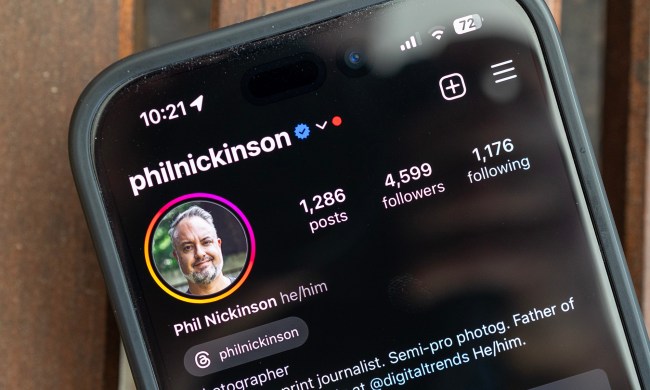
Seriously. According to Engadget, researchers David Bamman and Noah A. Smith, at CMU’s School of Computer Science, have figured out why sarcasm is so difficult to detect, especially in tweets. While most approaches analyze linguistics, the researchers note that sarcasm involves context. In order to detect sarcasm on Twitter, then, you have to include that context. The end result, according to the researchers, is a much more reliable detection method.
The researchers also found that because of the complexities of social media, such as not knowing who the user’s actual audience is, understanding sarcasm on Twitter is a little trickier. Part of detecting sarcasm included individual tweets, account details from the user’s profile, past tweets and content, and any details regarding the tweeter’s audience that may be available. Surprisingly, this test resulted in an 85 percent accuracy level – 10 percent higher than the sarcasm detected when analyzing just the tweet alone.
The ability for computers to detect sarcasm and jokes may seem a small step edging us toward more human-like machines. However, both can become crucial tools in certain situations, such as in cases where law enforcement agencies are trying to figure out if a high school boy’s tweet to blow something up is a joke, sarcasm, or an actual threat. In fact, last year, Eden Saig, a student at Israel Institute of Technology developed a machine that could detect humor, as well as “patronizing sounding semantics or slang words,” in Facebook groups. The intent was to aid law enforcement in separating social media posts joking about terrorist attacks from posts that might actually be threats, and hopefully decrease the instances of following up on false alarms.
According to those researching the sarcasm detector, some of the most common indicators in an author’s profile include the terms, sarcasm, chemistry, atheist, and humor. Which you may want to consider adding to your profile so that even if your friends don’t get you, computers will.


